MoKs
TPF Noob!
- Joined
- Sep 5, 2008
- Messages
- 12
- Reaction score
- 0
- Location
- Buena Park
- Can others edit my Photos
- Photos NOT OK to edit
mixing ambient light with your flash in a low light (not that dark). without the light meter, how do you do it? like making ur subject pop but still save your ambient back round..


![[No title]](/data/xfmg/thumbnail/36/36099-feb952513e45dbf9f061ab28c1dc1121.jpg?1619737342)
![[No title]](/data/xfmg/thumbnail/37/37245-5f15b292311b21913f10cc41f40682ba.jpg?1619737952)
![[No title]](/data/xfmg/thumbnail/31/31091-00a77a1c08cddcf7dc236d9317f868d2.jpg?1619734607)

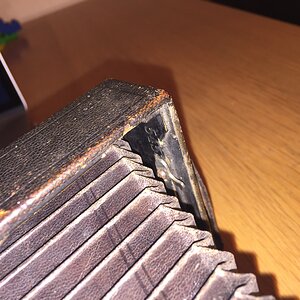
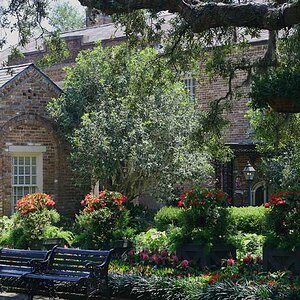
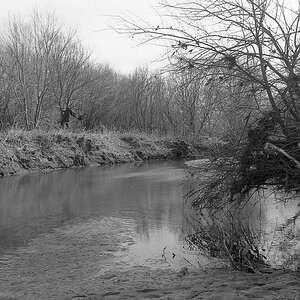
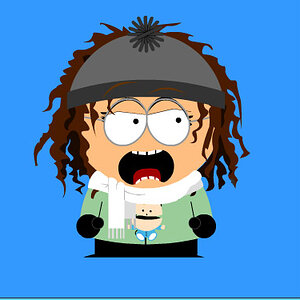
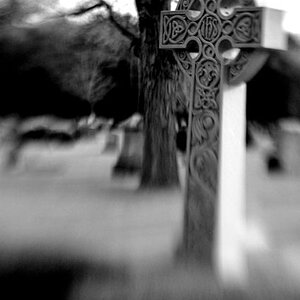
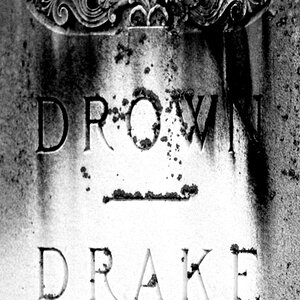
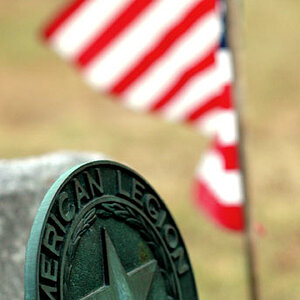
![[No title]](/data/xfmg/thumbnail/42/42457-a2cc06037a1ecaed84b9f0e5366fa8c7.jpg?1619740191)